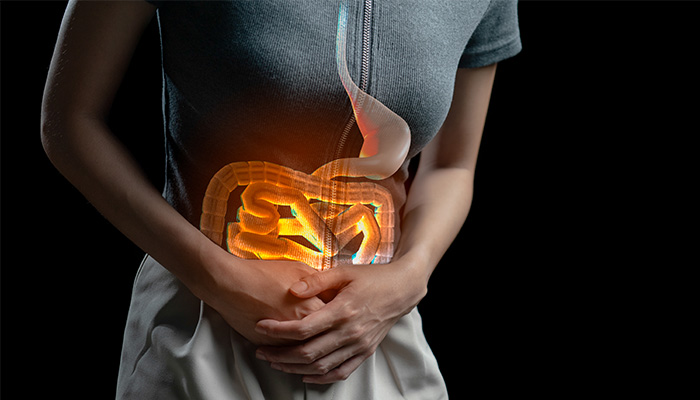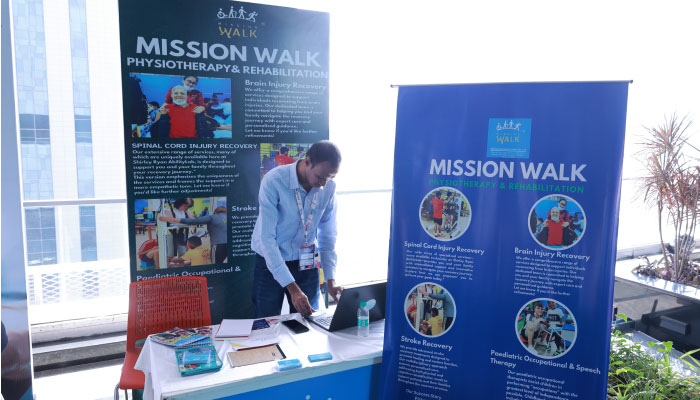Diarrhea and abdominal pain is a common complaint usually caused by infection most commonly acquired by consuming food or water contaminated with germs. Such episodes may need good hydration and may respond well to antibiotics which kill the germs. Sometimes, the diarrhea and abdominal pain may recur several times at varying intervals and may not really be linked to an infectious cause. One possible cause in such cases is inflammatory bowel disease that affects around 4 to 10 people per 100,000 populations per year. This entity may need specialized management and patient compliance.
As the name implies, this disease is characterized by inflammation in the digestive system, also called gastrointestinal (GI) system. The inflammation is mediated by the immune system which is the defense system in our body and fights invading disease causing germs. This system may become erroneously active, and attack the indigenous resident flora of the gut or a layer or structural molecule in the GI system. The resultant inflammation is characterized by redness, swelling, ulceration, and tissue destruction in the affected part(s).
Crohn’s disease- mistaken identity
Crohn’s disease (CD) is a type of inflammatory bowel disease. The inflammation extends deep into the wall of the affected part and can be found in any part of the GI system from the mouth to the anus. Most commonly, the last part of the small intestine, called ileum, is affected. The inflammation is patchy, i.e. segments of normal bowel wall are found between the multiple loci of inflammation. The inflammation causes swelling and irritates the intestine to cause it to contract faster and hence causes diarrhea. Besides abdominal pain and diarrhea, other complaints can be bleeding in stool, weight loss, bone pain, skin problems, anal fissures and fever. Persistent and excessive bleeding can lead to anemia. In children, the malabsorption due to the digestive problems can led to arrest in growth and development. The disease has a waxing waning character and relapses to occur in several episodes throughout life.
Complications may develop in course of the illness. The inflammatory patches may heal to form scars that contract to cause strictures which can narrow the lumen of the affected segment and carries a risk of obstruction. The ulcers may deepen to form blind channels called fistulae that open into the lumen or externally on the skin of the anus. The lining of the lumen may develop deep and large cracks called fissures that are very painful.
CD affects men and women of all age groups and may run in families. The most commonly affected are those between 20-30 years of age.
Diagnosing Crohn’s disease
A thorough physical examination and a series of tests are required to diagnose CD. You may be advised a blood test which may reveal anemia, and an increase in the counts of white blood cells which signifies inflammation. Blood tests may be done to measure the titers of specific proteins produced by specialized cells of the active immune system. Some of these include tumor necrosis factor α (TNFα), C reactive protein (CRP), and antibodies like perinuclear anti-neutrophilic cytoplasmic antibody (P-ANCA), and anti-Saccharomyces cerevisiae antibodies (ASCA). Antibodies are specific proteins produced by white blood cells as a part of the immunological response.
A series of tests for liver function may also be done. A stool test may reveal bleeding and inflammation. You may be required to undergo a series of x-rays after drinking barium meal, a viscid solution that will coat the digestive tract and help to localize the inflammation in the upper GI tract. A barium enema may be administered to localize inflammation in lower GI tract. Besides these, your doctor may want to do an endoscopy of your GI tract to visually inspect the affected part and obtain a fragment of tissue for detailed microscopic examination. A flexible lighted tube mounted with a small camera and linked to a TV monitor is inserted up the anus to inspect the intestine. Red patches with ulcers and bleeding can be visible in endoscopy.
Treating Crohn’s disease
The treatment options in CD are medicines, nutritional supplements, and surgery. One or more options may be chosen depending upon the location, severity, complications, and response to previous treatments, if being treated for recurring symptoms.
Medicines like mesalamine are used to control inflammation. These are not absorbed through the GI tract and the anti-inflammatory agent is released to act locally in the GI tract. Another class of medicines called steroids like prednisone and immune suppressive agents like 6- mercaptopurine and azathioprine are used to alleviate the response of the immune system and hence control inflammation. When these options fail, another medication called infliximab which is anti-TNFα is used to block the body’s immune response.
Antibiotics may be used to control the bacterial overgrowth in the intestines. Fluid replacement is required in dehydration due to diarrhea. Around 70-80% patients may ultimately need a surgery to control symptoms or complications like perforation, stricture, or excessive bleeding. Nutritional supplements are used in children and in those who show nutrient deficits.
The goal of treatment is to control inflammation, relive symptoms and correct nutritional deficiencies. CD cannot be cured, though the number of episodes can be reduced. When the disease flares, treatment required to arrest inflammation may not be same in all episodes. Surgery is advised when medical treatment fails or in case of complications. Surgery cannot completely eliminate the disease as inflammation may recur in the previously healthy area after surgery. Multiple surgeries may be required in some patients. A part or whole of the large or small intestine may be removed during surgery and one may need to do good care of the surgical stump. Essential nutrient deficiencies may vary from person to person depending upon the segment and extent of involvement of the GI tract. Adequate nutritional supplements can help to prevent essential nutrient deficiency.
Living with Crohn’s disease
A patient with CD can improve quality of life, if one is well informed about the cause, symptoms, treatment and precautions. Combination of medical treatment and surgery can make life more productive. Even though these treatment options may not cure the disease, it can definitely decrease the number of occurrences and the intensity of the disease.



